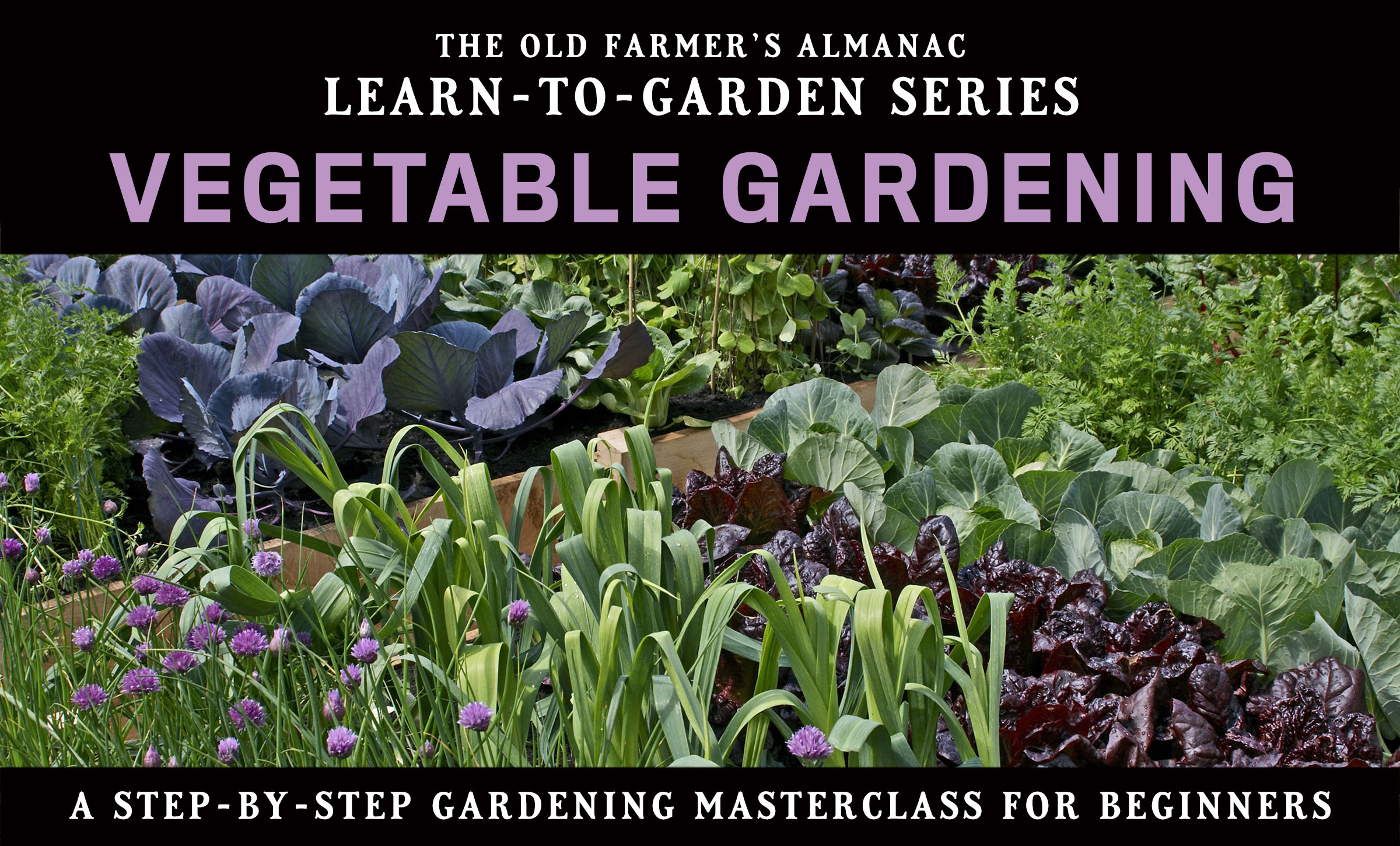Soil erosion must be stopped ‘to save our future’, says UN agriculture agency











 Lab
Lab
vegetables 















 & Fruits
& Fruits 









 Plants
Plants  in pots
in pots  to live like free birds
to live like free birds  to overcome Hunger on Good Earth and SPACE along with Meditative Mindful Swimming
to overcome Hunger on Good Earth and SPACE along with Meditative Mindful Swimming
 Eternal,Glorified,Friendly,
Eternal,Glorified,Friendly, from Christianity, Islam, Buddhism,Judaism,Hinduism,
from Christianity, Islam, Buddhism,Judaism,Hinduism,Eternal Glorified Friendly Benevolent Compassionate AWAKENED ONE

BUDDHA the CHANDRASEKHARA ’s UNIVERSE IS WITHIN YOU.


Although
soils are essential for human well-being and the sustainability of life
on the planet, they are threatened on all continents by natural
erosion, the Food and Agriculture Organization (FAO) said on World Soil Day, calling for their protection.
Healthy soils are the basis for healthy habitats for all living
beings. They provide food, clean water, raw materials and various
ecosystem services.
But salinity, acidification and loss of biodiversity are just some of the threats that soils are currently facing.
This year’s World Soil Day commemoration focuses on reversing soil erosion for our future.
“We are celebrating a treasure beneath our feet which hosts a quarter
of the planet’s biodiversity and provides about 95 per cent of our
food”, said Eduardo Mansur, FAO’s Director of the Land and Water Division.
Unsustainable agriculture practices and other improper land use
changes, such as illegal deforestation, can accelerate erosion up to a
thousand times, according to FAO.
Soil erosion affects soil health and productivity by removing the highly fertile topsoil and exposing the remaining soil.
It decreases agricultural productivity, degrades ecosystem functions
and amplifies hydrogeological risk, such as landslides or floods.
“Soil erosion can also cause significant losses in biodiversity,
damage to urban and rural infrastructure and, in severe cases, lead to
displacement of human populations”, explained Mr. Mansur.
Help to combat and adapt to climate change by storing carbon and decreasing greenhouse gas emissions in the atmosphere.
Provide water infiltration through soil, trapping pollutants and preventing them from leaching into the groundwater.
Capture and stores water for crops.
Minimize surface evaporation and maximize water use efficiency and productivity
Host a quarter of the planet’s biodiversity and contribute to the global cycles that make all life possible.
Provide fibre, fuel, medicinal products and other ecosystem services.
FAO
spelled out that by 2050, it may reduce up to 10 per cent of crop
yields, which is equivalent to removing millions of hectares of land
from crop production.
“We must stop soil erosion to save our future”, stressed Mr. Mansur.
“It takes up to 1,000 years to form one centimeter of top soil, but this
one centimeter can be lost with just one heavy rainfall if soil cover
is not protected”.
To prevent and minimize soil erosion, farmers and other land users
can adopt sustainable sol management practices under an enabling
environment.
Underscoring that FAO is ready to support them, he urged everyone to take action.
“Fighting soil erosion must be everyone’s fight”, he concluded. “Join our effort. Stop soil erosion and save our future.”
World Soil Day is held annually on 5 December to focus attention on
the importance of healthy soil and to advocate for the sustainable
management of soil resources.
https://www.ipcc.ch/srccl/chapter/chapter-5/
FAO (2018a) projects that
by 2050 cropland area will increase 90–325 Mha, between 6% and 21% more
than the 1567 Mha cropland area of 2010, depending on climate …
This process is called
hydroponics. It involves growing plants vegetables and fruits in water
that is mixed with solutions containing all the ingredients …
The number of countries
that have pledged to reach net‐zero emissions by mid‐century or soon
after continues to grow, but so do global greenhouse gas emissions.
27-Sept-2016 … If
everyone became vegetarian by 2050, food-related emissions would drop by
60%. Should we all go vegetarian, ideally we would dedicate at
least …
15-Sept-2021 … The
world’s population will be around 9 billion people by 2050. Humans need
to feed in order to survive and thus the high demographic growth ...
Our list below includes
vegetable seeds that can be sown directly into your garden soil. Some
are also suitable for transplanting. Advertisement. Should I Grow …


How do i grow garlic?Under what favourable condition should i grow the garlic.
How do I grow rhubarb from seed?
We don’t recommend growing rhubarb from seed. Learn how to plant it at our Rhubarb Growing Guide!
HELLO
HOW SHOULD I TAKE CARE OF MY PEPPERS IN POTS FOR WINTER. THEY ARE ON MY
BALCONY SHOULD I LIVE THEM OPEN OR SHOULD I COVER THEM WITH PLASTIC
BAGS FOR WINTER - THX
Probably a silly question but can you plant lettuce or kale in a flowerpot? I have limited space in my yard.
Purpose. Students will
identify nitrogen, potassium and phosphorus as primary soil nutrients
necessary in the production of abundant and healthy foods, …
The perceived limits to
producing food for a growing global population have been a source of …
staples to livestock products and fruit and vegetables.
12-Oct-2009 … growing
world population will be able to produce and have access to … those of
vegetables, fruits, meat, dairy, and fish will increase.
11-Jun-2020 … Container
gardens are also extremely space efficient as every ounce of soil in
your container will count for fruit and vegetable production …
Comments